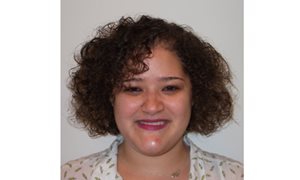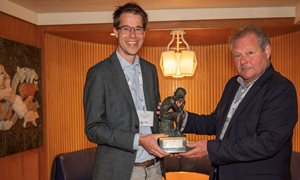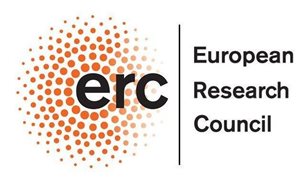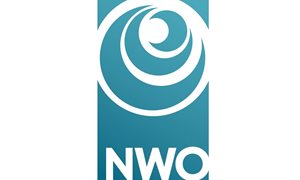 How does the same DNA sequence generate hundreds of cell types with diverse morphologies and functions? Transcriptional enhancers are thought to provide part of the answer to this central question in biology. These regulatory elements interact with promoters and other enhancers to generate a complex and cell-specific network of chromatin interactions.
How does the same DNA sequence generate hundreds of cell types with diverse morphologies and functions? Transcriptional enhancers are thought to provide part of the answer to this central question in biology. These regulatory elements interact with promoters and other enhancers to generate a complex and cell-specific network of chromatin interactions.
This interaction network is crucial for proper regulation of gene expression and 3D genome organization. How enhancers are regulated during early embryonic development, however, is not well understood. This is particularly hindered by the difficulty in performing genome wide studies in the early embryo. In this regard, embryonic stem cells (ESCs) derived from early developmental stages provide a great model for understanding early embryonic development and the basic mechanisms of gene regulation.
In Nature Cell Biology, Yaser Atlasi, Wout Megchelenbrink and colleagues from the group of Henk Stunnenberg, theme Cancer development and immune defense, plublished a combination of experimental and bioinformatic approaches to study enhancer regulation in different states of embryonic stem cells. Using state-of-the-art genome wide technologies, the team described the chromatin interaction network in two distinct states of ESCs. Unexpectedly, the team found that the enhancer-promoter interactions are largely preserved between the two states, notwithstanding the extensive epigenetic changes that culminate in distinct transcriptional programs. Further, the transcription factor estrogen receptor related beta (ESRRB) was shown to play a key role in enhancer activation.
This detailed and comprehensive picture of the enhancer landscape provides a deeper understanding of gene regulation during early development and may shed light on how mutations within enhancers contribute to developmental defects.
Related news items

T cell immunity is directed by tetraspanin CD53
5 July 2022 T cells are immune cells that are key for the defense against pathogens and cancer. T cells depend on the membrane protein CD45 to initiate T cell receptor signaling, but how CD45 is controlled at the molecular level is poorly understood. go to page
A single protein complex balances the very first lineage decision of cells in human: towards foetus or placenta
21 June 2022 The international group of researchers spearheaded by Dick Zijlmans and Hendrik Marks together with colleagues from KU Leuven, examined which proteins are associated with the chromatin and how this affects gene transcription. go to page
Dutch Society of Clinical Chemistry Science & Innovation Award for the team of Hans Jacobs
14 June 2022 The team of Hans Jacobs pioneers on the development of personalized diagnostics to measure minimal residual disease in patients with multiple myeloma. go to page
European grants for groundbreaking Radboudumc research Professors Roshan Cools and Peter Friedl receive ERC Advanced Grant
26 April 2022The European Research Council (ERC) is awarding grants to Roshan Cools and Peter Friedl, both professors at Radboudumc. While Cools will investigate how brains control behaviour in (stressful) situations, Friedl will work on developing a new cancer therapy.
go to page
Saponin-based adjuvant-induced dendritic cell cross-presentation is dependent on PERK activation published in Cellular and Molecular Life Sciences
20 April 2022 Lisa Huis in ‘t Veld, Nataschja Ho and colleagues from the team of Gosse Adema published in Cellular and Molecular Life Sciences that Saponin-based adjuvant-induced dendritic cell cross-presentation is dependent on PERK activation. go to page
Rubicon grants awarded to three RIMLS researchers
19 April 2022Three researchers have received Rubicon funding from NWO/ZonMw. This will enable Elke Muntjewerff, Laura de Vries and Laurens van de Wiel to do research at a foreign research institute for the next two years.
go to page